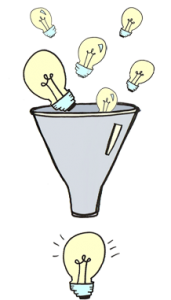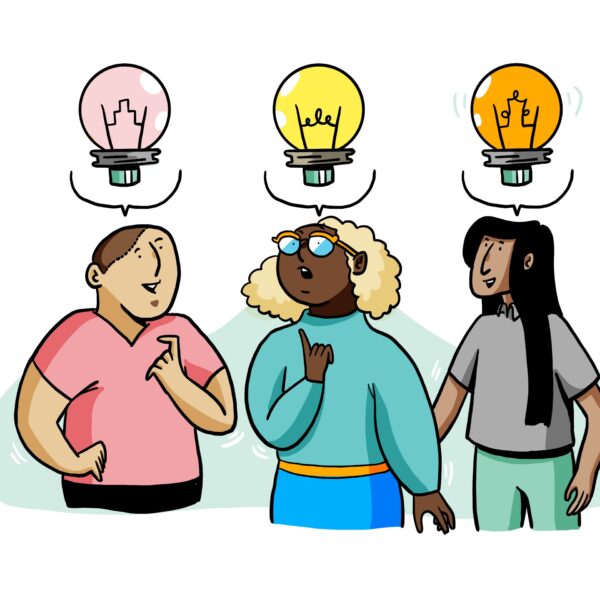Collecting data is hard, but managing data is just as difficult! We all know that there is no shortage of data that doctors have to input every day. And with the help of scribes tackling that information is getting a lot easier.
Recently at ImageThink, we were fascinated to learn from NPR about the use of Medical Scribes adding doctors to take real-time, accurate, notes:
Like many other doctors across the country, Dr. Devesh Ramnath, a Dallas orthopedic surgeon, recently made the switch from paper to electronic medical records. This meant he no longer had to just take notes when he was examining a patient.
In fact, he found he was spending an extra two to three hours every clinic just on electronic records. So he hired medical scribe Connie Gaylan. Acting a bit like a court reporter, Gaylan shadows Ramnath at every appointment. As the doctor examines a patient, Gaylan the medical scribe sits quietly in the corner, typing notes and speaking into a handheld microphone.
As Graphic Recorders, we are passionate about the process of active listening and rapid note-taking. The scribing process allows the speaker, or in this case – a doctor, the freedom to be fully engaged in the research process without having to break concentration or flow to capture his/her own notes. Medical scribe companies promote why the trained expertise of a Medical Scribe, who understands medical terminology, would bring invaluable benefit to the busy schedule of a doctor.

As the doctor examines a patient, medical scribe Connie Gayton records the visit using a microhone tethered to her laptop, Photo: Brandon Thibodeaux for NPR
PhysAssist, a medical scribe company, trains medical scribes from across the country every week in its Fort Worth mock emergency department, where instructor Brandon Torres shows students the right way to fill out an electronic medical record. There are thousands of record systems, and medical scribes need to know how to put in the right billing codes and medical terminology at lightning speed.
Torres says it’s important not just to be able to multitask, but also to be able to listen to multiple things at the same time.
“You’re listening to the physician, you’re listening to the nurse, you’re listening to the patient,” Torres says. “And you’re gathering all that information and presenting it back to the physician.”
Interested in where to find a Medical Scribe? Companies like, PhysAssist, the country’s first medical scribe staffing company, are growing by 46 to 50 percent every year. In 2008, PhysAssist had 35 scribes; now it has 1,400! The other big scribing companies – Medical Scribe Systems and Scribe America – each have thousands more, and the demand keeps growing. Medical scribes are in high demand nationally.
The process of live capture is a dynamic tool to allow content and ideas to quickly be recorded for future review. At ImageThink, we specialize in translating complex conversations into compelling visual icons and text summaries. For examples of our own scribing in action, visit our SXSWi Graphic Recording Gallery of presentations we visually captured, real-time, or stage in front of hundreds of people without having any prior exposure or level of expertise in the subject area. Like the Medical Scribes, as visual scribes, we simply employ our active listening and multitasking abilities to take live notes.
To learn more about Graphic Recording or how ImageThink could make your event more visual, drop us a line at info@imagethink.net or check out our Services page for how we could picture your big idea!


